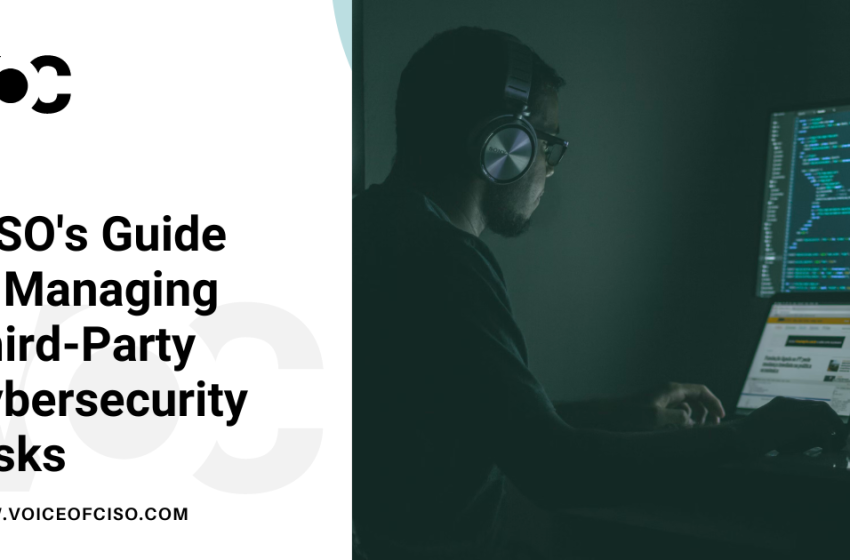
CISO’s Guide to Managing Third-Party Cybersecurity Risks
As a Chief Information Security Officer (CISO), one of your main responsibilities is to protect your organization against cyber threats. However, with the increasing reliance on third-party vendors, managing third-party cybersecurity risks has become an important part of this role. Third-party vendors can include software providers, cloud service providers, and other organizations that have access to your organization’s data and systems.
Here are some key steps to guide you in managing third-party cybersecurity risks:
- Conduct vendor risk assessments: Before working with any third-party vendor, it is essential to conduct a thorough risk assessment. This includes evaluating the vendor’s security controls, policies, and procedures, and identifying any potential vulnerabilities.
- Implement vendor management controls: Once you have identified the potential risks associated with a vendor, it is important to implement appropriate controls to mitigate those risks. This can include setting security standards for vendors to follow, implementing security monitoring, and requiring vendors to provide regular security reports.
- Communicate with vendors: Regular communication with vendors is essential for managing third-party cybersecurity risks. This includes discussing security concerns, setting expectations, and sharing best practices.
- Continuously monitor and review: Managing third-party cybersecurity risks is an ongoing process. It is essential to continuously monitor and review the security of vendors, and address any issues as they arise.
- Have incident response plan: It’s important to have a plan in case of a security breach or incident involving a third-party vendor. This plan should include clear lines of communication, a process for handling and containing the incident, and procedures for restoring normal operations.
In conclusion, managing third-party cybersecurity risks is an important part of the CISO’s role. By conducting vendor risk assessments, implementing vendor management controls, communicating with vendors, continuously monitoring and reviewing, and having incident response plan, CISOs can help to minimize the risk of a data breach or other cyber incident caused by a third-party vendor. By taking a proactive approach to managing third-party cybersecurity risks, CISOs can help to ensure the security and integrity of their organization’s data and systems.
